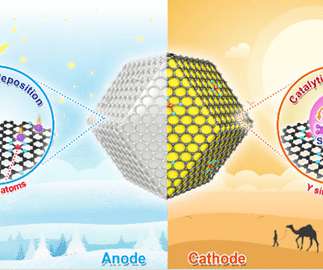Faradion demonstrates proof-of-concept sodium-ion electric bike
Green Car Congress
MAY 15, 2015
For the proof-of-concept, the cells were manufactured to be larger than necessary to avoid unnecessary costs and lengthy manufacturing processes at this early stage. Sodium-ion intercalation batteries—i.e., Thus, insertion/deinsertion of sodium ions in a host material is much more difficult than that of lithium ions.



















Let's personalize your content